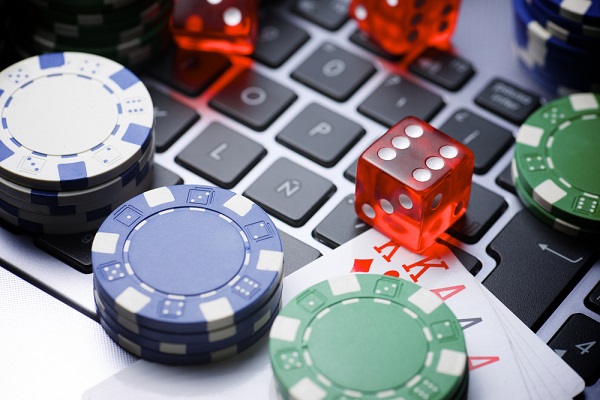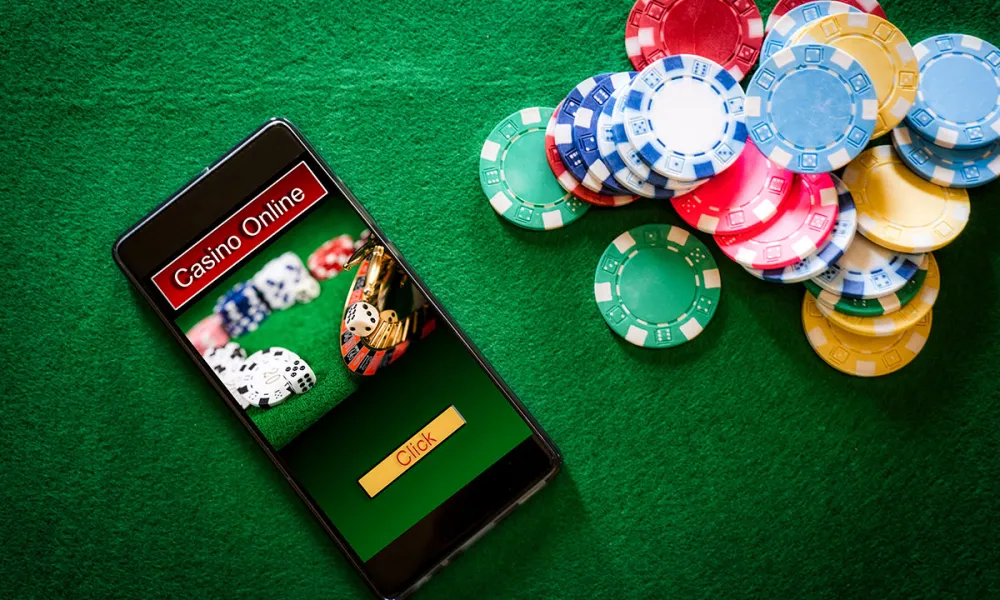At a poker table, players are mostly focused on two things: the cards they’re dealt and their opponents. But don’t forget about the poker chip, another important thing that may be located on the felt. Without giving them a second thought, you’ll carelessly toss them into the center of the table, only picking them up again to count your next stake. The origins and nature of poker chips have long been a mystery. Is it the same in a home money game as it is at the Final Table in terms of the poker chips’ colors? If you’re interested in learning more about these underappreciated stalwarts of the poker table, our poker chips guide has you covered.
A Quick Overview of the Origins and Development of Casino Chips
The use of chips has spread from traditional casinos to online poker rooms, where they are used in a virtual format. But where does the notion to utilize useless chips as a replacement for money originate from? It would seem that they sprang from the counter used in the European card games Ombre and Quadrille, which gained popularity in the middle of the eighteenth century. The games’ use of discrete tokens of various values made it easy for participants to keep track of their gains and losses. Once the game was over, payments were paid. Despite poker’s long history, it wasn’t until the nineteenth century that chips became commonly utilized. Before this, people would utilize everything from little bits of gold to actual dollars as wagers. When the 1930s rolled around, clay gambling chips were already widely utilized in casinos. These days, chips aren’t formed from clay but rather a composite of materials that is much more resistant to wear and tear.
How Much Do Poker Chips Typically Cost?
Here’s where things get tricky: there is no international standard for poker chip values, thus they might vary not just by region or state, but also per casino. If you go to Las Vegas, the “gambling capital of the world,” you’ll find that poker chips come in a wide variety of colors. This implies that the value of a given color might range from $10 to $100 at different casinos. While Nevada allows its casinos to utilize a wide variety of chip colors, New Jersey’s casinos are required to use a single standard hue. This is done so that gamblers who visit several casinos in the state’s Atlantic City region would not get confused.
The Color and Value of Typical Poker Chips
Even less standardization exists in the distribution of poker chips during tournaments when a wider range of colors is used. Since no money is being exchanged during a tournament, the chips are worth something else entirely: the event’s chip pool. The participants instead engage in a chip-collecting fight to determine the eventual winner.
Different Dimensions of Poker Chips
A short note on the various poker chip denominations. The “standard” size chip is expected to be the norm. In other words, their diameter is exactly 39 millimeters. You’ve probably used chips of this size if you’ve ever played poker, either at home with a set or at a casino. Compared to standard poker chips, the WSOP’s giant chips are just about 5mm bigger in diameter, making them roughly 44mm in total. The larger size is a symbol of prestige and success since possessing one indicates that you are at the top of the tournament’s chip count.
When playing poker, how should chips be handed out?
The question of how to allocate poker chips at the start of a game is a major source of contention in casual home tournaments. Be sure to have a variety of chip sizes before you start giving them out, however, the exact number of each sort of chip may vary depending on the game you’re playing. This is included in even the most affordable poker set you can purchase from a site like Amazon. The pace of your event is a secondary consideration. Intent on keeping the game going for a while? If that’s the case, I’d recommend starting each participant with roughly 3,000 chips and raising the stakes every half an hour. If you’d rather play at a quicker pace, you might give each player roughly 1,000 chips and raise the stakes every 15 minutes. It’s clear that the stack allocation for classic tournaments works like this: more chips are distributed if the tournament is to go slowly, and fewer are distributed if the tournament is to progress quickly. A combination of this and the frequency with which you level up is possible. Visit the Spartanpoker website to learn more about How to Play Poker.
If you have some old poker chips, are they worth anything?
The number of individuals who spend significant amounts of money on casino-related collectibles is surprisingly high. Gambling & poker chips, particularly those associated with a storied establishment or era, make up a sizable subset of this market. A few poker chips may bring $100 or more, while really rare examples might sell for thousands. Take a peek at eBay if you’re curious about the value of vintage poker chips; there are many of them up for grabs.





